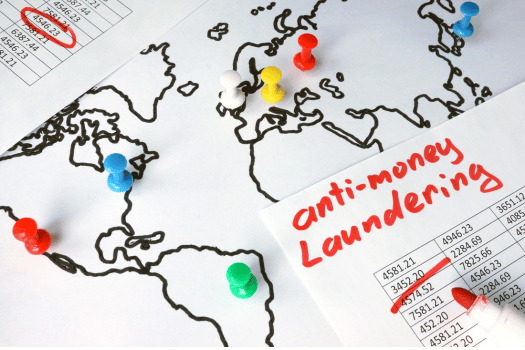
Introduction
The global financial system has evolved dramatically over the last few decades, enabling seamless transactions across borders. While this has facilitated the growth of international trade and business, it has also created fertile ground for money laundering. Money laundering is the process of making illicit gains appear legitimate, essentially “cleaning” the money. With an estimated $2 trillion laundered globally each year, the need for robust Anti-Money Laundering (AML) regulations is more pressing than ever. This blog post aims to give you a comprehensive global overview of AML regulations and how they impact various stakeholders.
AML: The What and Why
Before examining the regulatory landscape, let’s understand what AML is. AML refers to the policies, laws, and regulations designed to prevent money laundering. At its core, AML seeks to deter criminals from disguising illegally obtained funds as legitimate income. Money laundering not only undermines legitimate economic systems but also facilitates further criminal enterprise, such as drug trafficking and terrorism. This is why effective AML measures are crucial for the integrity of global financial systems.
AML Regulations Across Key Jurisdictions
United States
In the United States, the Bank Secrecy Act (BSA) of 1970 laid the groundwork for anti-money laundering regulations. This act requires financial institutions to maintain certain records and file specific reports that could be helpful to detect and prevent money laundering and other financial crimes. The USA PATRIOT Act of 2001 extended the scope of these laws, particularly emphasizing the need for monitoring and reporting of suspicious activities. The Financial Crimes Enforcement Network (FinCEN), a bureau of the U.S. Department of the Treasury, is responsible for enforcing these regulations.
European Union
In the European Union, AML regulations are comprehensive and designed to be harmonized across member states. The key legislative document is the Anti-Money Laundering Directive, with the sixth version (6AMLD) coming into force in December 2020. The 6AMLD broadened the definition of money laundering offenses and strengthened the penalties for non-compliance.
Asia-Pacific
Countries in the Asia-Pacific region have AML frameworks that align with international standards, primarily set by the Financial Action Task Force (FATF). Jurisdictions like Singapore and Hong Kong are often lauded for their stringent AML measures.
The Role of Financial Action Task Force (FATF)
Established in 1989 by the G7, the Financial Action Task Force (FATF) aims to set global standards for combating money laundering, terrorist financing, and other related threats. The FATF provides a framework known as the “40 Recommendations,” which serves as the international standard for AML and counter-terrorist financing (CTF) measures. Countries undergo periodic peer reviews known as “mutual evaluations” to assess their adherence to these recommendations.
KYC and CDD: Pillars of AML Regulations
Know Your Customer (KYC) and Customer Due Diligence (CDD) are essential elements of AML regulations globally. KYC involves verifying the identity of clients, understanding their financial dealings, and assessing the risks they pose. CDD involves ongoing monitoring of customer transactions to detect suspicious activities that could indicate money laundering.
Reporting and Compliance
Financial institutions are mandated to report suspicious activities that may signify money laundering. Failure to comply can result in hefty fines and reputational damage. The importance of compliance officers in maintaining the integrity of an institution’s AML policies cannot be overstated.
Technology in AML Compliance
With the advent of machine learning and artificial intelligence, AML compliance is undergoing a transformation. These technologies enable real-time transaction monitoring and flag suspicious activities more accurately, thereby reducing false positives.
Conclusion
The fight against money laundering is a global endeavor that requires harmonized international efforts. While AML regulations can be complex and varied across different jurisdictions, the core principles remain consistent: deterrence, detection, and reporting of suspicious activities that could facilitate money laundering. Understanding the global landscape of AML regulations can equip financial institutions, compliance officers, and other stakeholders to better navigate this complex field and contribute to the greater goal of financial integrity and security.
With evolving tactics of money launderers, AML regulations will continue to advance, implicating new technologies and methods for prevention. Financial institutions and other obligated entities should stay alert and implement these changes to remain compliant and protect the integrity of the global financial system.







